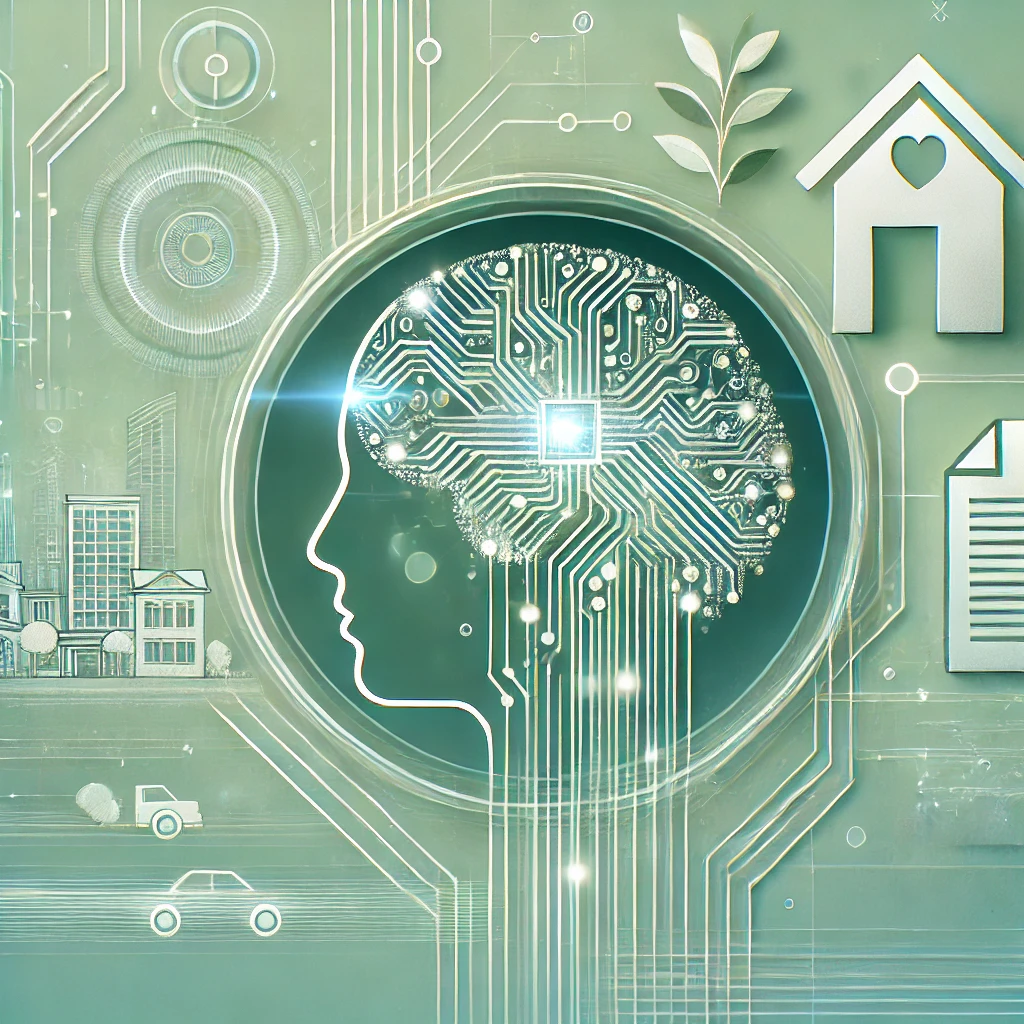March 25, 2025

When the internet first began, it was a universal experience—web pages were static, content was one-size-fits-all, and digital interactions were largely impersonal. Then came cookies, tracking pixels, and user logins, which marked the dawn of personalization. Retailers began remembering your shopping cart. News feeds adapted to your preferences. Entire digital experiences shifted based on behavior, preferences, and demographics.
This evolution didn’t happen overnight. It grew as the infrastructure matured, as data became more accessible, and as algorithms became smarter. Over time, these experiences evolved from basic “welcome back” messages to sophisticated recommendation engines that knew your next purchase before you did.
Now, we’re on the cusp of a similar—if not more profound—transformation with AI.
As AI begins to gain broader access to structured and unstructured data across platforms, industries, and user interactions, it will unlock an era of what we can call “Hyper-Personalized AI”—a term that encapsulates AI’s capacity to tailor every output, suggestion, or decision to the unique context of the user.
A New Analogy: Internet Cookies vs. AI Co-Pilots
Where internet cookies passively observed your behavior to tweak web content, AI co-pilots actively engage with you in real time. They don’t just learn from clicks and scrolls; they interpret tone, infer intent, adapt to emotional states, and even preemptively suggest actions based on predictive modeling. The AI becomes a proactive agent, not just a reactive tool.
At Brimma, this philosophy is deeply embedded in innovations like Vallia AI—a mortgage-focused intelligent assistant that doesn’t just automate tasks but supports natural borrower conversations, sentiment-driven recommendations, and dynamic personalization at scale. This is not unlike how early web personalization evolved from simple login recognition to highly curated digital ecosystems.
What to Expect from Hyper-Personalized AI
In the near future, Hyper-Personalized AI could mean any or all of the following:
1. Context-Aware Interactions
AI that understands who you are, what you’re doing, and why you’re doing it—and then tailors interactions accordingly.
In Mortgage Lending: Imagine a loan officer engaging with a prospective borrower via mobile or web chat. A context-aware AI like Vallia doesn’t just respond generically—it detects that the borrower is a first-time homebuyer browsing properties in a high-cost area. The AI adjusts its tone to be more explanatory, offers tips about FHA loan options, and flags location-specific loan limits and grant programs.
On the back end, if this interaction happens during a volatile market period, the AI could also adjust its rate discussion strategy or proactively suggest locking in rates, helping the LO lead with confidence.
Fulfillment Example: During loan processing, if the AI detects that a borrower recently uploaded pay stubs at midnight from a mobile device in a different time zone, it might infer urgency or stress—triggering a message offering additional assistance or pushing that loan higher on the underwriter’s queue.
2. Predictive Engagement
Rather than waiting for users to ask for help, AI steps in before the need is expressed, based on subtle signals and behavior patterns.
Let’s say a borrower logs into the online portal three days in a row, spends extra time on the “rate options” page, and doesn’t upload required documents. Predictive AI identifies this as a signal of indecision or rate shopping fatigue.
The system proactively prompts the LO with a ready-to-send message like:
“Hi Jordan, noticed you’ve been comparing loan options—want to jump on a quick call to walk through some personalized scenarios?”
Fulfillment Example: In post-closing, predictive AI might flag a pattern where a certain investor’s loans frequently need redisclosures due to outdated fees. It notifies compliance or even auto-triggers a pre-disclosure audit before document finalization to prevent errors.
3. Integrated Decision-Making
AI that seamlessly draws from CRM, LOS, POS, pricing engines, and document systems to give actionable, holistic insights.
A loan officer is looking at a borrower’s profile in the CRM. The AI cross-references:
- Credit profile from the LOS
- Recently submitted documents from Vallia DocFlow
- Pipeline milestones
- Past communication history
It then recommends:
“This borrower qualifies for a 5/1 ARM with reduced closing costs based on today’s pricing. They’ve also shown interest in low-payment options in previous chats. Recommend initiating the ARM product flow.”
Fulfillment Example: During QC, the AI checks discrepancies between disclosed fees in the LOS and those pulled from the latest third-party integrations, automatically reconciling mismatches and pushing final packages through without human intervention.
4. Domain-Specific Intelligence
AI trained not just on language, but on the specific rules, documents, terminology, and workflows of the mortgage industry.
Where general AI might stumble over terms like “QM patch,” “PIW,” or “refi seasoning,” a mortgage-native co-pilot understands them deeply. Vallia, for instance, knows that a condo in Florida requires unique HOA documentation, or that VA loans have specific appraisal timelines.
It can handle borrower questions like:
“How much can I roll into my VA loan?”
…with a compliant, lender-specific, scenario-based answer—automatically.
Fulfillment Example: In document review, a domain-specific AI recognizes a down payment assistance program’s checklist and validates that all required fields are met—even if the documents come in varied formats—saving hours of manual checklisting.
Conclusion: The Slow Build to a Smart Future
Just as the internet’s journey from static websites to personalized digital ecosystems unfolded over years of technological layering—so too will hyper-personalized AI evolve in deliberate, data-driven phases.
We’re already seeing early signals: AI tools that can transcribe conversations into CRM entries, generate persona-specific content, and extract and validate data from complex mortgage documents with minimal human input. But what’s coming next is more profound. It’s the gradual emergence of intelligent systems that not only know the borrower, but understand the lender—and orchestrate seamless collaboration between them.
Hyper-personalized AI won’t arrive overnight. It will take shape incrementally, as data access improves, as systems interconnect more deeply, and as trust builds in the AI’s ability to make decisions with nuance. But the arc is clear. Just as no one would dream of building a website today without personalization, we’ll soon look back and wonder how we ever managed lending workflows without intelligent, contextual, and domain-specific AI at our side.
The future of mortgage lending isn’t just faster or cheaper. It’s smarter. It’s human-centered. And it’s already underway.


